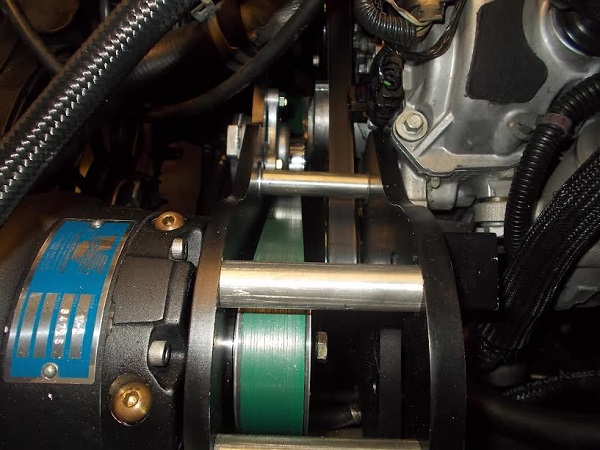
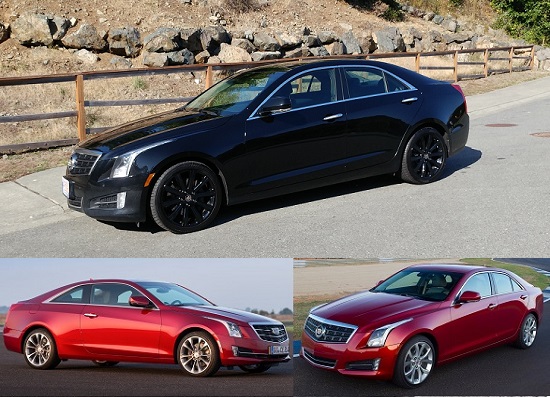
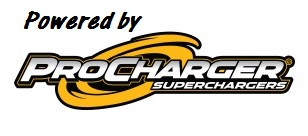


This page is to be used as archived information for the original Overkill supercharger systems, please visit Tracy Lewis Performance to purchase a new supercharger system.

Love your 3.6 model? Ready to leapfrog the 2.0 Turbo modding community? The Overkill Procharger supercharger system is now available for the Cadillac ATS platform! Bolt on significant horsepower in a weekend worth of wrenching.
Stage 1 kits will typically increase the factory 260 wheel horsepower (on a chassis dyno) to 350-370 wheel horsepower; Stage 3 kits with the larger D series Procharger and full fuel system upgrades have dynoed around 450 wheel horsepower as provided, with room to grow further.
This system is 100% bolt on installation you can do in a weekend. You are not required to have any other modifications on your vehicle. Every requirement to install a supercharger on your ATS V6 is included in this kit, including going above the normal expectation with our catch can system to improve engine operation and lifespan, and custom tuning service. This kit fits both rear wheel drive and all wheel drive and we have kits for both the LFX 3.6 2013-2015 models and the LGX 3.6 2016-2019 models!
All Kits include the following components and features:
- Procharger Supercharger unit - P1SC model for Stages 1 and 2, D1SC for Stage 3, self contained oiling system (no oil lines connect to the engine), D-Series supports up to 16psi on the 3.6
- Overkill 8-rib pulley system - unique mounting brackets use existing engine point attachments to mount the Procharger, a new independent crank pulley interlocks with the factory pulley and runs a dedicated 8-rib belt for the supercharger that doesn't interfere with the factory accessory belt
- Full Intercooler system - Large air-air intercooler, Precision blow off valve, custom machined MAF housing and full silicone/aluminum tubing with Tbolt clamps, top quality components.
- Overkill tuning with HP Tuners - each kit comes with an HP Tuner suite and custom tuning support for yourself or the installation/tuning shop of your choice. It's HIGHLY suggested to purchase an AEM 30-0334 air/fuel gauge if you'll be tuning exclusively with Overkill through email.
- Catch can system - separates oil vapors in the PCV system, set up to ensure proper operation while in boost, helps keep oil residue out of the supercharger system and intercooler
- Full Intake system with K&N air filter, new AC Delco spark plugs designed for boost, and a full complement of parts required for installation such as (on 13-15 kits) a brake vacuum pump relocation kit, a new serpentine belt and tensioner for the accessory system, new upper radiator brackets and more.
New for September 2020 - Switch to Procharger!
Overkill is excited to announce the switch to Procharger head units for this supercharger system. Along with improved performance for all kits, you can anticipate high horsepower potential from the new Stage 3 kit with a large D-Series Procharger head unit. Read below to understand the difference in Stage kits and what might be right for you!





Stage 1 - 8 psi - 350-370 wheel horsepower anticipated (factory 245-260 wheel/chassis dyno horsepower). The base Stage 1 kit is extremely popular, it'll bump up performance on a completely factory engine with no fuel system upgrades, and requires no other modifications. Upgrades to the exhaust system are recommended but not required, 91 octane or higher pump gas is required. Stage 1 uses a P1SC Procharger that's designed to build mid-range boost fast to improve torque and also provide high rpm horsepower gains.
Stage 2 - 10 psi - 370-400 wheel horsepower anticipated. Stage 2 provides an increase in boost to around 10psi on the same P1SC Procharger with a smaller pulley to overdrive, and matches it with the fuel tank fuel pump upgrade required to support it. Exhaust work is now highly suggested, as is finding 93-94 octane pump gas. While pushing more boost, this is still a very comfortable reliable range for a 3.6 engine.
Stage 3 - 10-12psi - 410-450 wheel horsepower anticipated. Stage 3 is the big upgrade to a D1SC higher output Procharger that will make a minimum of 10-11psi and can support up to 16psi on built motors. It will produce more horsepower at the same boost pressure than the P1SC in Stage 2. Fueling upgrades continue with larger fuel injectors for either the LFX or LGX 3.6, and for the LFX 2012-15 also a high pressure fuel pump upgrade so it makes the same fuel pressure as the LGX. Between the fuel upgrades and larger Procharger, anticipated power increases into the 410-450 wheel horsepower range even at the same boost levels as Stage 2. LFX engines can support full E85 ethanol use in the 10psi range with anticipated power of 425-450 wheel horsepower.
*Special note* - The D-series upgrade is ONLY available at this price when purchasing the Stage 3 kit on the original upfront purchase. Upgrading your Procharger unit down the road is available but at a much higher pricepoint, so if you think you'll want this upgrade, now's the best time to consider it!


Want to see what the installation is like? Click here for PDF installation instructions


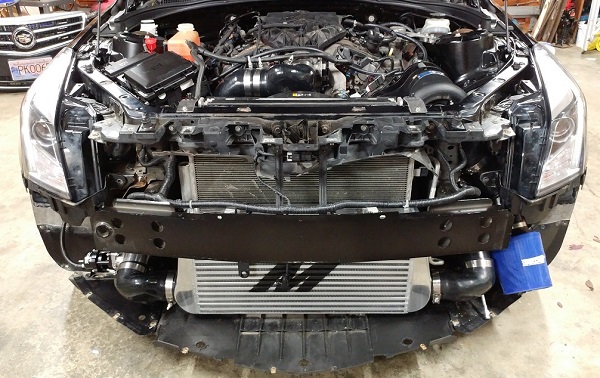
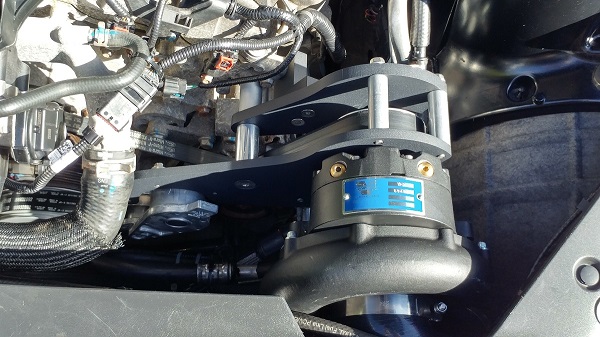

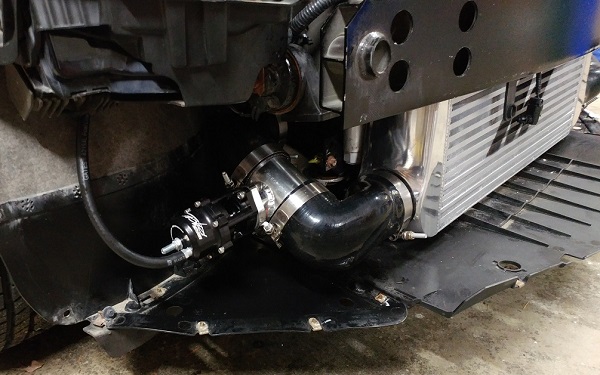




Question: Do I Need To Do Anything To The Car First Before Installing?
Question: How hard is it to install?
Question: How Reliable Is This Setup?
Answer: The 3.6 engine historically has proven itself durable on a supercharged setup. We've been supercharging the 3.6 since 2016 and know the limits of boost, fuel capacity, ideal air/fuel mixture, spark timing etc, to build durable and lasting setups. The supercharger system is also proven reliable; we've engineered durable custom components and matched them with top quality off-the-shelf components when required. Aside from oil changes on the Procharger, the goal is to have you install this system and enjoy it without the need for constant attention to any component. You can anticipate being able to daily drive the setup with confidence in reliable motoring. Question: Is there ANYTHING Special To Know About This Setup?
Answer: Due to the construction tolerances, Procharger recommends idling the engine and supercharger to warm it up in winter months and keep the rpms below 2500 until the engine is warm. Question: I Already Have A Catch Can, Can I Buy This Kit Without One?
Answer: The system's catch can will be included regardless. You can continue to use your existing catch can at your own discretion, provided you connect the can using the supplied lines in the manner described in the installation instructions. The goal is to keep oil residue out of the supercharger system, so if you use a can other than what's provided in the kit, check the outlet lines from the can for oil residue to ensure it's performing competently. 
Independent Belt System
One of the things we wanted to ensure as part of our design was an independent supercharger belt system. Rather than using the factory OEM accessory belt, our system uses its own supercharger belt and leaves the factory belt completely intact.
We do this by first installing our new crankshaft pulley. Removing the crankshaft bolt allows you to slide the new pulley as an insert into the factory pulley, and then secure with the bolt. The new pulley indexes into the spokes of the OEM pulley so it is locked into place and cannot slip.
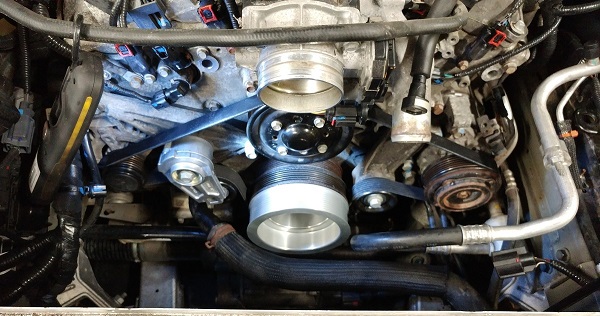
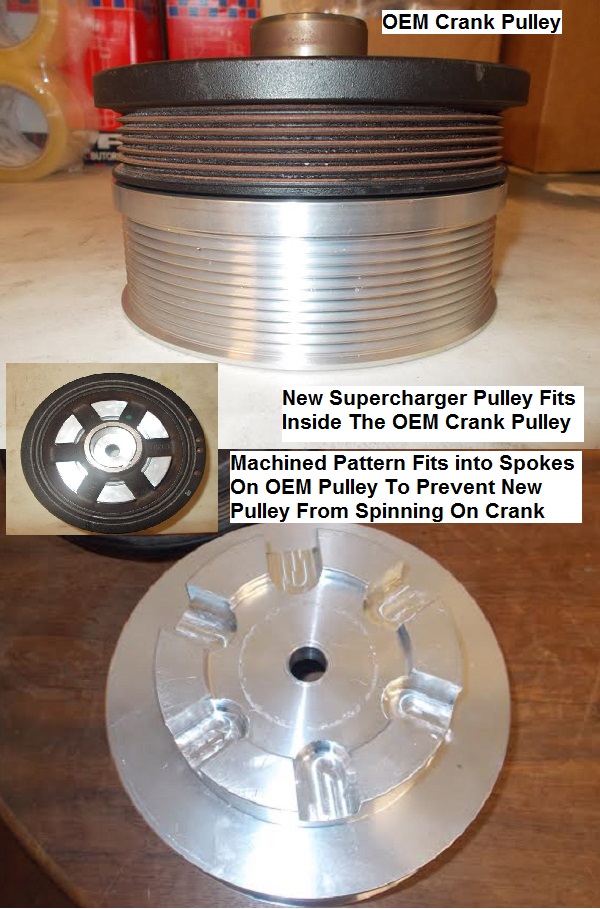
The supercharger is spaced appropriately not just for its own belt but for an 8-rib belt. Rather than using the 6-rib factory belt, a wider 8-rib belt will reduce belt slip issues as we start to get smaller and smaller on the pulleys. We can do this because we are not limited using the OEM accessory belt, this can only be accomplished with a dedicated supercharger belt.
